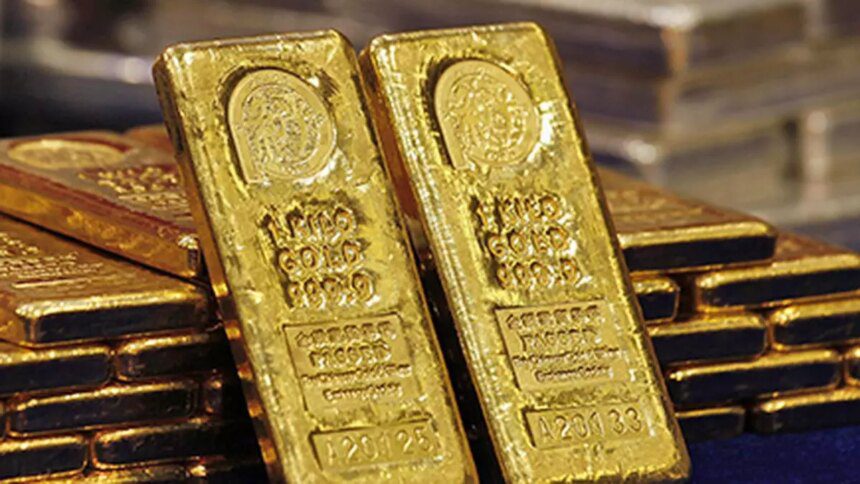Gold prices surged to an all-time high on Wednesday, driven by concerns of a potential trade war between the United States and China as Beijing imposed tariffs on U.S. imports in retaliation to new U.S. duties on Chinese products.
The price of spot gold rose by 0.2% to $2,848.69 per ounce, reaching a peak of $2,853.97 earlier in the day. U.S. gold futures also increased by 0.2% to $2,879.70.
President Donald Trump stated on Tuesday that he is not in a rush to engage in talks with Chinese President Xi Jinping to ease trade tensions between the two largest economies in the world.
In response to Trump’s tariffs, China implemented targeted tariffs on U.S. imports and issued warnings of possible sanctions against several companies, including Google, as a measured reaction.
Ilya Spivak, head of global macro at Tastylive, suggested that the next significant milestone for gold could be the $3,000 mark, speculating that China might increase its gold reserves if the trade war escalates.
However, Federal Reserve officials cautioned on Monday that the Trump administration’s tariff plans could pose inflation risks, with one suggesting that uncertainty in pricing warrants a more cautious approach to interest rate cuts.
While gold is traditionally viewed as a hedge against inflation, higher interest rates could diminish its attractiveness to investors.
Investors are closely monitoring key economic data this week, such as the ADP employment report and the upcoming payrolls report, to gain insights into the U.S. economy’s status.
Additionally, analysts noted that while gold demand could provide support for other precious metals, their sensitivity to market sentiment has led to underperformance compared to gold.
Silver prices rose by 0.2% to $32.15 per ounce, platinum saw a 0.3% increase to $966.95, and palladium declined by 0.9% to $981.75.
The article was originally published on February 5, 2025.










